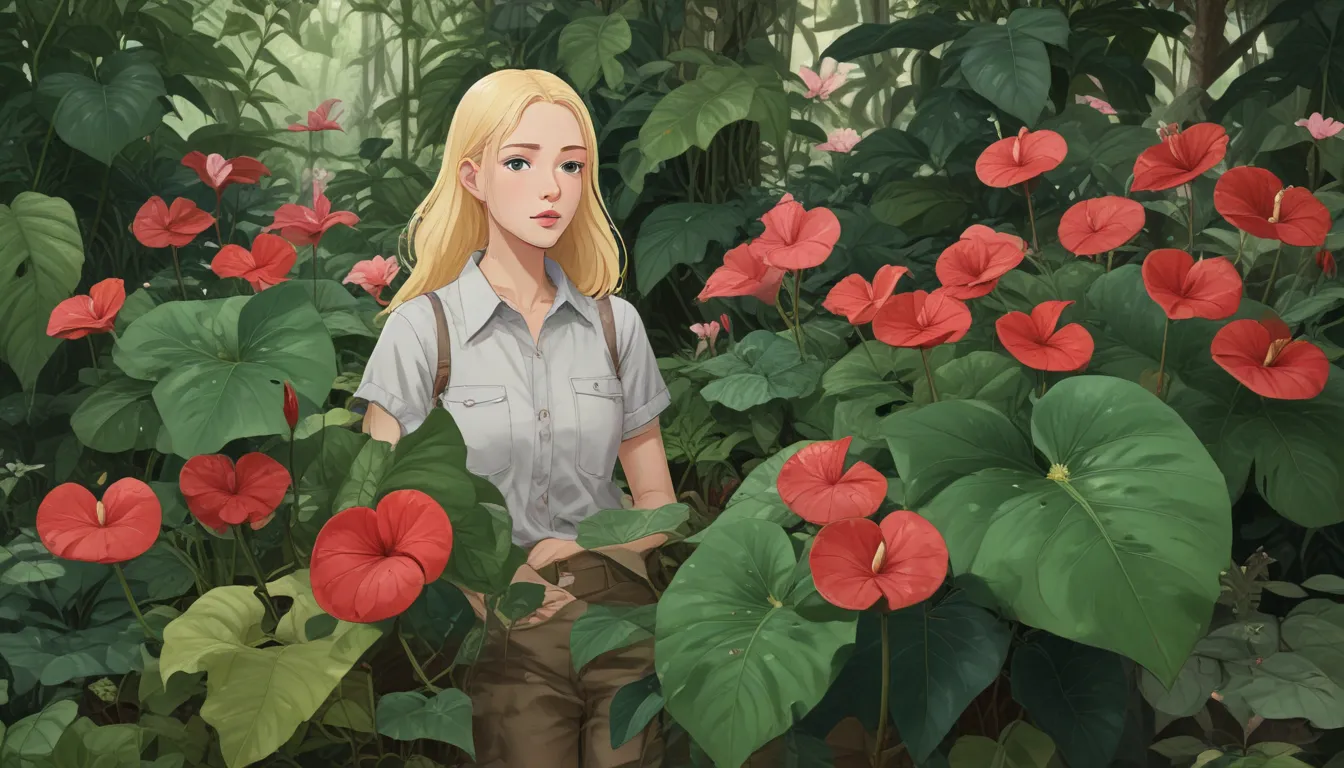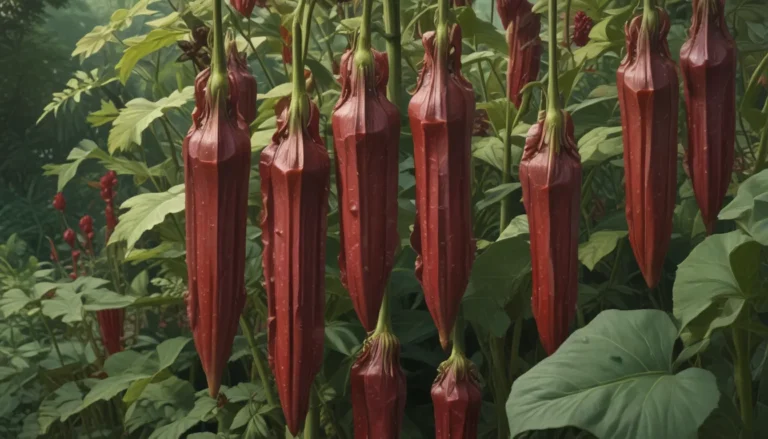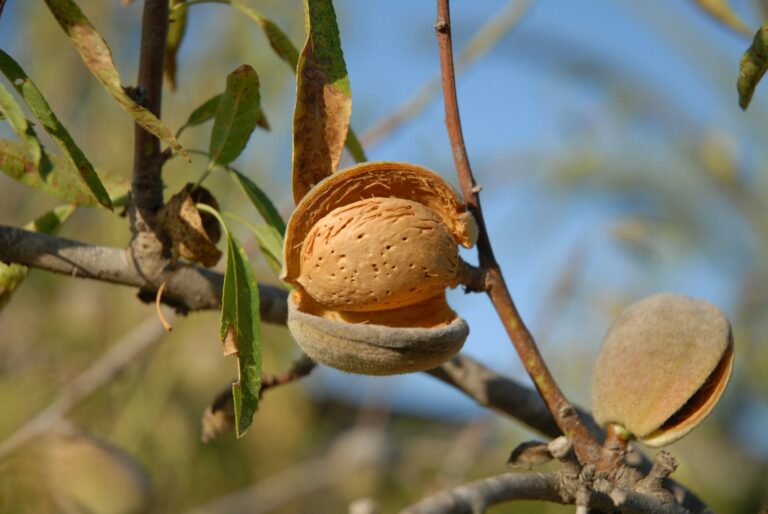Ultimate Guide to Identifying and Managing Anthurium Pests: Keeping Your Plants Healthy and Beautiful

Are you a proud owner of an anthurium plant, also known as the flamingo flower? Anthuriums are stunning plants that can brighten up any room with their glossy leaves and vibrant flowers. However, like all plants, anthuriums can fall victim to pesky pests that can wreak havoc on their health and beauty.
In this comprehensive guide, we will walk you through the most common pests that plague anthurium plants and provide you with valuable information on how to identify and manage them effectively. Whether you are a seasoned plant parent or just starting your journey with these lovely houseplants, this guide will equip you with the knowledge and tools you need to keep your anthuriums thriving.
Common Anthurium Pests: How to Identify and Manage Them
Anthuriums are relatively resilient plants when it comes to pest infestations. However, they are still susceptible to a few common culprits that can cause damage if left unchecked. Here’s a rundown of the most prevalent pests you may encounter on your anthurium plants:
- Aphids
- Fungus Gnats
- Mealybugs
- Mites
- Scale
- Thrips
1. Aphids
Aphids are small, soft-bodied insects that come in various shades of green and brown. They feed on the leaves and stems of plants, sucking out their juices and causing distortion and yellowing of the foliage. Aphids also excrete a sticky substance called honeydew, which can attract ants and black sooty mold.
Dealing with aphids can be challenging, but there are several strategies you can employ to control their population:
- Introduce beneficial insects like ladybugs, parasitic wasps, and lacewings to prey on aphids.
- Use insecticidal soaps to directly target and eliminate aphids on your plants.
- Consider using parasitoids like Aphidius colemani to parasitize aphids and control their numbers effectively.
2. Fungus Gnats
Fungus gnats are tiny flies that are commonly found in moist, organic-rich soil. While the adult flies are more of a nuisance than a threat, their larvae can feed on plant roots and cause wilting and decreased vigor. To combat fungus gnats effectively:
- Reduce watering to create drier conditions that are less favorable for fungus gnat larvae.
- Apply beneficial nematodes like Steinernema feltiae to the soil to target and control the larvae population.
- Consider using predatory mites and rove beetles to eliminate fungus gnat larvae and prevent future infestations.
3. Mealybugs
Mealybugs are soft-bodied insects covered in a white, waxy substance. They feed on plant sap and can cause discoloration and vigor loss in anthurium plants. Controlling mealybugs can be tricky due to their protective wax coating, but here are some effective strategies:
- Utilize natural predators like Cryptolaemus montrouzieri and green lacewings to prey on mealybugs.
- Apply insecticidal soaps or oils directly on mealybugs to eliminate them effectively.
4. Mites
Mites are tiny arachnids that suck sap from plant leaves and flowers, leaving behind light-colored stippling. Two-spotted spider mites are a common pest of anthurium plants and can cause significant damage if left unchecked. To manage mite infestations:
- Consider using predatory mites like those in the Amblyseius genus to prey on mites and control their populations effectively.
- Use insecticidal soaps and oils to target and eliminate mites on your plants.
5. Scale
Scale insects are oval-shaped pests that suck sap from plant tissues, causing stunted growth and weakening of the plant. Scale insects are challenging to control due to their protective covering, but here are some strategies to manage them:
- Apply insecticidal soaps or oils to target scale insects effectively.
- Consider using systemic insecticides that are ingested by the insects to achieve better control.
6. Thrips
Thrips are small, bullet-shaped insects that can leave scars on anthurium flowers and foliage. While there are several species of thrips that can attack anthurium plants, management strategies are generally similar across species. To control thrips infestations:
- Apply beneficial nematodes like Sf and predatory mites to target thrips in the soil and control their populations effectively.
- Use neem oil or azadirachtin-based insecticides to combat thrips and prevent further damage.
Tips for Keeping Your Anthurium Plants Pest-Free and Healthy
While pest infestations can be a nuisance, there are several proactive steps you can take to keep your anthurium plants healthy and beautiful:
- Regularly inspect your plants for pests and signs of damage.
- Keep your plants clean and free from debris that can harbor pests.
- Maintain proper watering and drainage to create an environment less conducive to pest infestations.
By following these tips and implementing effective pest management strategies, you can ensure that your anthurium plants remain healthy and pest-free.
Conclusion
Anthurium plants are a beautiful addition to any home or garden, but they are not immune to pest infestations. By familiarizing yourself with the common pests that can affect anthuriums and learning how to identify and manage them effectively, you can protect your plants and keep them looking their best.
Remember to stay vigilant, regularly inspect your plants, and take prompt action if you notice any signs of pest activity. With the right knowledge and proactive approach, you can enjoy healthy, thriving anthurium plants for years to come.
Have you encountered pests on your anthurium plants? Share your experiences in the comments below! And if you’re looking for more information on caring for anthuriums, be sure to check out our guides on different types of anthuriums, common plant care issues, and watering tips.
With the right care and attention, your anthurium plants will continue to bloom and thrive, bringing joy and beauty to your living space.





